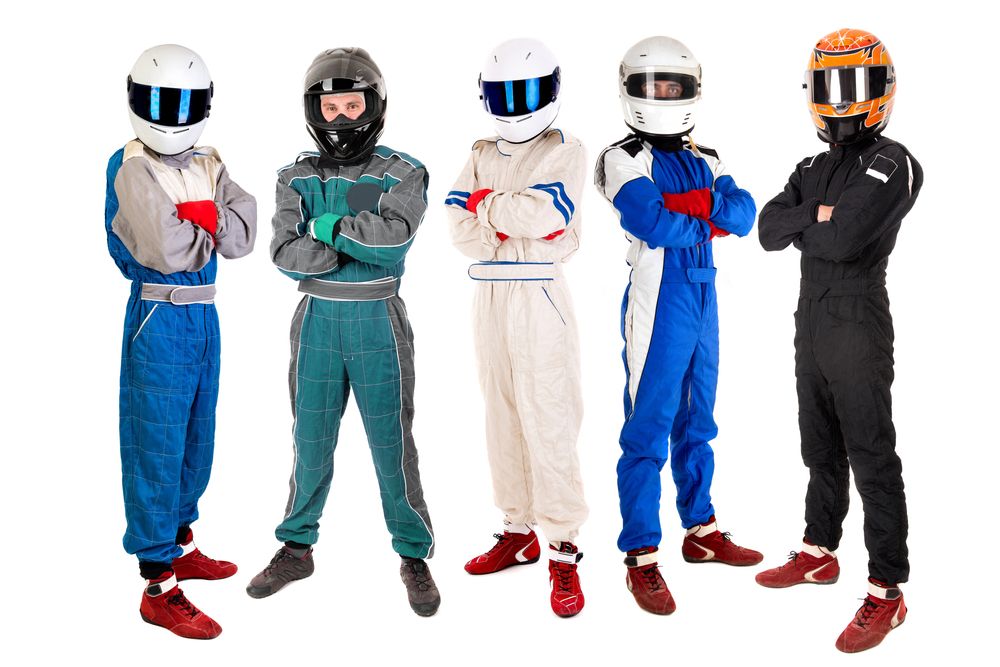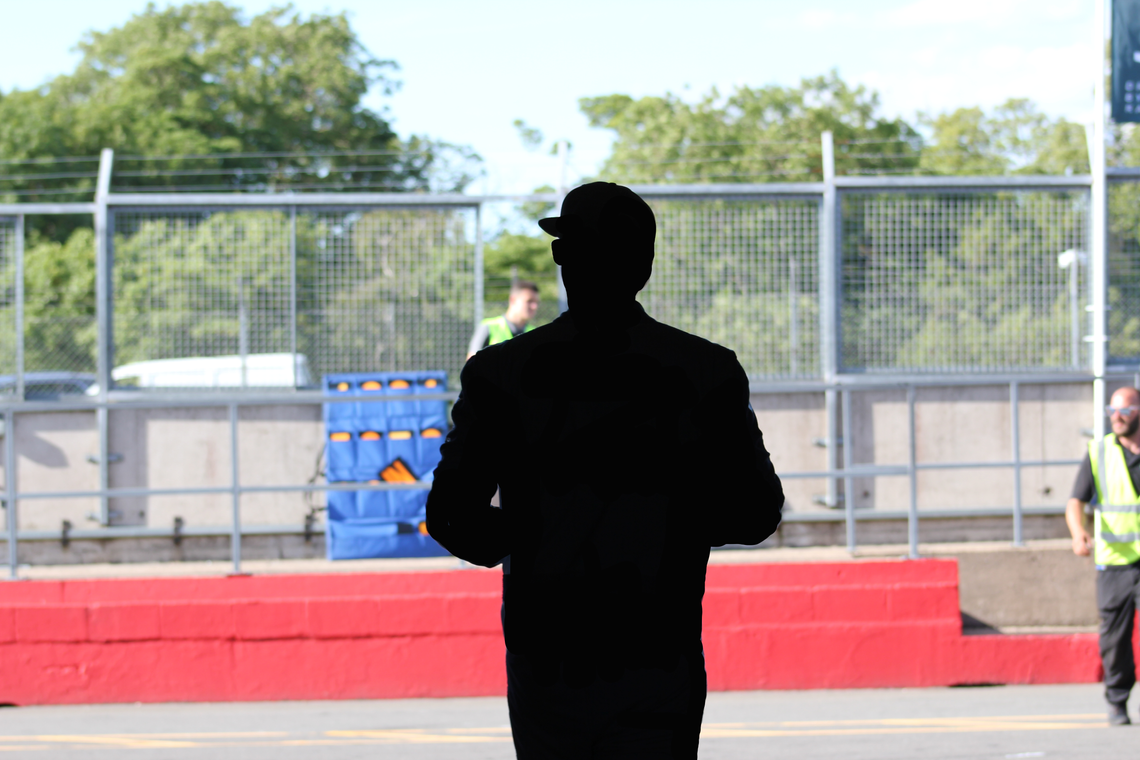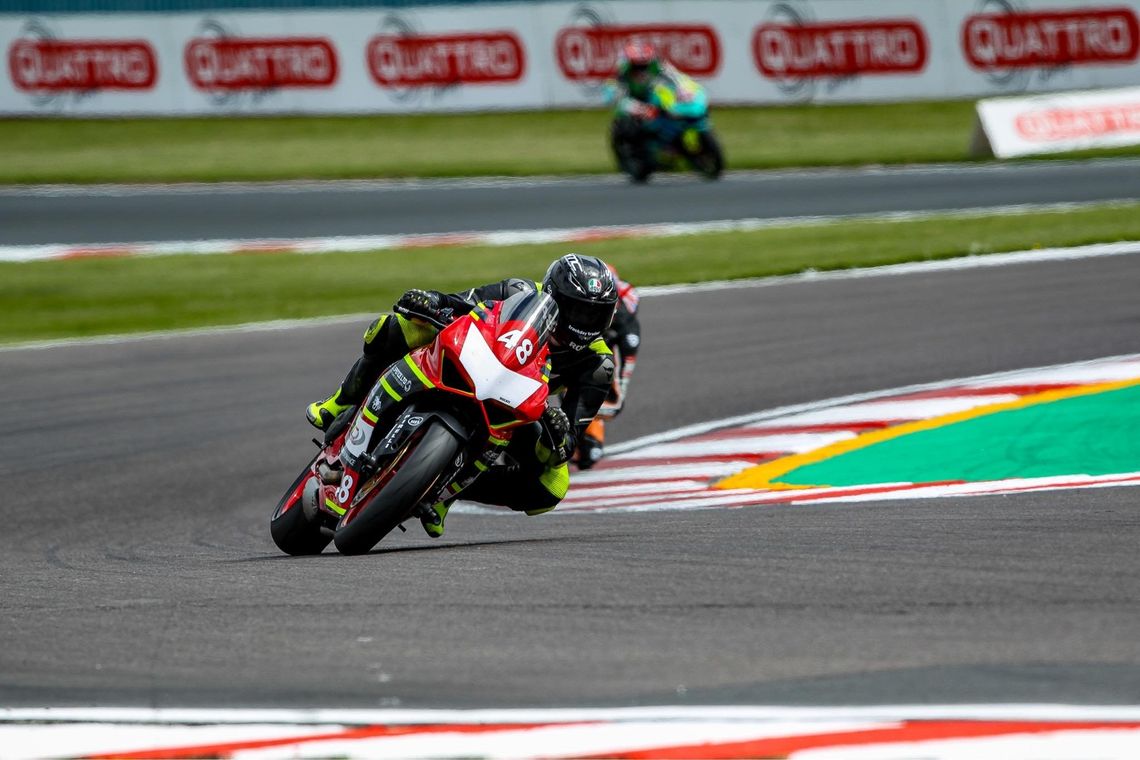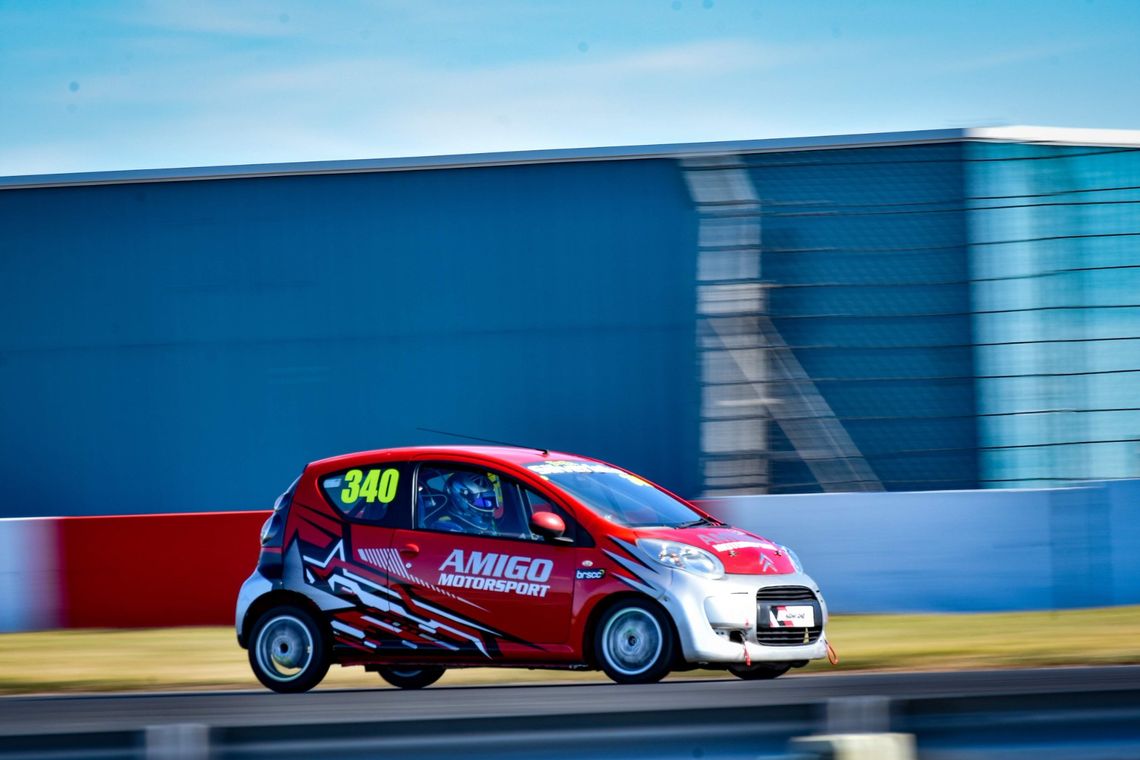How to Get Started in Motorsport: A Comprehensive Guide

Motorsport is an exhilarating and challenging activity that attracts enthusiasts from all walks of life. Whether you have a passion for cars, a need for speed, or a desire to push your limits, getting involved in motorsport can be a fulfilling and exciting experience. However, for beginners, the world of motorsport can seem daunting and inaccessible. In this comprehensive guide, we will walk you through the process of getting started in motorsport, from the essential gear you need to the steps involved in obtaining a race license. So, buckle up and let's dive into the world of motorsport!
1. Take Part in Trackdays to Get a Feel for Racing

One of the best ways to dip your toes into the world of motorsport is by participating in trackdays. A trackday is an opportunity to drive on a circuit and get a taste of what it's like to race. Starting at around £150, trackdays offer a cost-effective way to experience the thrill of motorsport before committing to more expensive endeavours.
During a trackday, you'll have the chance to familiarise yourself with a specific circuit and get a feel for driving at high speeds. Novice-only trackdays are available, offering a limited number of cars on track and expert instructors who can provide guidance and answer any questions you may have.
While helmets meeting racing safety specifications are not mandatory for trackdays, it is advisable to invest in the best protection you can afford. Most circuits offer helmets for rent if you prefer not to purchase one just yet.
Another option for practicing your racing skills is sim racing. With the advancements in technology, sim racing has become increasingly realistic and popular. From amateurs to Formula 1 drivers, sim racing and E-sports provide a convenient way to practice from the comfort of your own home. Basic sim racing setups can be purchased for as little as £200, making it accessible to beginners.
2. Hone Your Skills with Arrive-and-Drive Karting

Karting is a popular starting point for many professional racing drivers. It teaches valuable racecraft skills that will benefit you throughout your racing career. Arrive-and-drive karting is an excellent way to get some extra practice and improve your racecraft before diving into circuit racing.
For as little as £40, you can enjoy a day of karting at a center without the need to buy your own kart or equipment. It's a cost-effective option that allows you to focus on honing your skills and gaining valuable experience.
3. Obtain Your Race License

To participate in club-level motorsport, you'll need to obtain an Interclub competition license. This license allows you to take part in most club-level races. However, some autocross, trial, and cross-country events may require only an RS Clubman license, which can be obtained for free without a test.
To obtain your race license, you'll need to purchase a Go Racing pack from Motorsport UK. This pack includes an application form, a medical form, and all the necessary information to pass your ARDS (Association of Racing Driver Schools) course. The Go Racing pack costs £99, which also covers the cost of your first license.
The ARDS course typically costs between £200 and £400, depending on the circuit and any additional tuition included. Most UK circuits offer ARDS member schools where you can take the course and test. These schools, such as Silverstone, Brands Hatch, Oulton Park, and Knockhill, provide a comprehensive program that includes a written test on circuit racing knowledge and a practical section to demonstrate your driving skills.
After completing six Interclub races, you will be eligible to apply for your National license, which opens up opportunities to participate in more professional events.
4. Essential Safety Equipment for Motorsport

Safety is paramount in motorsport, and it's essential to have the right equipment to protect yourself on the track. The following safety gear is mandatory for racing and must meet the required safety standards:
Helmet: A helmet is a vital piece of safety equipment. It's recommended to choose a closed-face helmet for extra protection, regardless of the type of car you're racing. Helmets made of fibreglass, composite, or carbon are available, with carbon helmets being the strongest and lightest, but also more expensive. For club racing, helmets must be SNELL homologated to the SA2010, SAH2010, or SA2015 safety standards.
Frontal Head Restraint (HANS device): A Frontal Head Restraint, commonly known as a HANS device, is designed to reduce the risk of head and neck injuries. Various options are available, ranging in price and materials.
Race Suit: A fire-retardant race suit is essential for protection in the event of a fire. Suits must meet the FIA standard 8856-2000 and display the FIA homologation standard stitched on them. Ready-made or custom-designed race suits are available, with prices ranging from £250 to £1200.
Underwear, Gloves, and Boots: Alongside the race suit, fire-retardant base layers, gloves, and boots are mandatory. These items provide additional protection and should also meet the required safety standards.
It's crucial to invest in high-quality safety equipment to ensure your well-being on the track. While costs can vary depending on the brand and specifications, it's essential to prioritise safety above all.
5. Choosing the Right Series or Championship

Once you have your race license and safety gear, it's time to choose the series or championship you want to enter. The first step is to decide what type of racing you're interested in, whether it's single-seaters, sportscars, sprint racing, or endurance racing.
There are numerous options available, with over 177 series organised by English clubs alone in 2019. Some of the prominent clubs, such as the British Automobile Racing Club, British Racing and Sports Car Club, and 750 Motor Club, offer a wide range of series and championships to suit various interests and budgets.
When selecting a series or championship, consider factors such as the availability of cars that comply with regulations, the circuits they visit, and the overall atmosphere of the club. It's also advisable to reach out to the championship coordinator for more information about the series and to get guidance on your next steps.
6. Getting a Race Car

Once you've chosen your series or championship, you'll need a race car to compete. There are several options available, depending on your preferences and budget.
An "arrive and drive" package is a hassle-free option for newcomers. This package provides a race-ready car that is prepared and provided for you either for a specific event or an entire season. Many teams and series offer such packages, making it a convenient way to start racing without the need to buy and transport your own car or possess extensive engineering knowledge.
If you prefer to have your own car, there are plenty of second-hand options available. Series websites, motorsport publications, and specialist second-hand race car sites are great resources to find a wide range of second-hand cars. Additionally, you can find pit equipment, trailers, and transporters necessary for getting your race car to the track.
Building your own car to comply with series regulations or converting a road car is another option. Mandatory safety upgrades for self-built cars include a roll cage, bucket seat, harness, electrical cut-off switch, plumbed-in fire extinguisher, and a high-intensity rain light. The cost of these upgrades typically starts at approximately £1,000.
Consider your budget, preferences, and the specific requirements of your chosen series when deciding on a race car.
7. Creating Your Perfect Paddock Area

So you have the Licence, the, gear and the Vehicle, next up is a shelter to protect you from the elements. Gala Performance Supplies a wide range of Pit, Paddock and Promotional Equipment to ensure you look the part while competing.
Our Pop-up Race tents are available in a range of sizes and colours and can even be personalised to match your livery. We also supply Traditional Marquee style shelters which are ideal for Hospitality up to 200+ guests. Swisstrax Modular Flooring can be laid in minutes and adds style and comfort. Promotional material is also a great addition too. We can supply Everything from Business Cards to PVC banners, and everything else in between.
For information, contact us Here or call 01709 803 457 and a member of our Team will be more than happy to help.
8. What to Expect at Your First Race

Your first race is an exciting and nerve-wracking experience. Here's what you can expect:
Final Instructions: About a week before your race, you'll receive final instructions for the event. These instructions will provide a schedule for the weekend, details on using the pit and paddock area, and other important information.
Sign-On: Upon arriving at the circuit, make sure to sign on at race admin to let the organisers know you've arrived and are ready to race.
Scrutineering: Your car will undergo scrutineering, where it will be examined to ensure it complies with the championship's technical regulations and is safe and legal to race. If any issues are found, it's your responsibility to address them before the race.
Drivers' Briefing: There will be a compulsory drivers' briefing for your championship or series before the racing begins. This briefing covers the procedures of racing, track limits, flags, and other important protocols. It's an opportunity to ask any last-minute questions and receive important information.
Enjoy the Experience: In your first race, focus on enjoying the experience and getting a feel for the car. It's essential to gain experience and feel comfortable on the track rather than being overly concerned about competitiveness. Remember, many of your competitors have years of racing experience, so the goal is to learn and improve.
9. Exploring Other Forms of Motorsport

While circuit racing is a popular choice, there are other forms of motorsport to consider:
Rallying: If you're interested in rallying, the process of obtaining a license is similar to circuit racing. A Go Rallying pack is available from Motorsport UK, and you'll need to pass an examination process. Single venue rallying events typically start at around £200, and second-hand rally cars are available from £4,000 upwards.
Motorcycle Racing: Motorcycle racing has its own set of requirements. You must first be part of a club, such as the British Motorcycle Racing Club (Bemsee), before applying for a license. The ACU test, which includes a Competitor Training Course exam and a practical Basic Rider Assessment, is required. Costs for motorcycle racing vary depending on the specific event and club, with packages available for around £500, including Friday testing and four races.
Consider your interests and preferences when exploring different forms of motorsport. Each discipline offers unique challenges and experiences.
10. Embrace the Thrill of Motorsport

Motorsport is an incredible journey that offers excitement, challenges, and personal growth. By following the steps outlined in this guide, you can embark on your own motorsport adventure. Remember to prioritise safety and invest in high-quality gear. With dedication, practice, and a passion for racing, you can make your mark in the world of motorsport.
Summary
Getting started in motorsport may seem overwhelming, but with the right guidance and determination, it's an achievable goal. Start by participating in trackdays or sim racing to get a feel for driving on a circuit. Hone your skills with arrive-and-drive karting, and obtain your race license through the necessary courses and examinations. Invest in essential safety equipment, choose the right series or championship, and consider your options for obtaining a race car. Finally, embrace the thrill of motorsport and enjoy the incredible journey ahead. So, gear up, rev your engine, and get ready to make your mark in the world of motorsport!
